Palmetto Bluff Real Estate Company Sales Office
Office Hours
Monday-Friday 9am - 5pm
Saturday 9am - 4pm
Sunday 12 - 4pm
Saturday 9am - 4pm
Sunday 12 - 4pm
It was June. Hot, humid. Blueberry season; certainly not duck season.
A small outbuilding sat on the edge of a field in northeastern North Carolina. A year or so later, the soybean field behind that shed would be my first exposure to waterfowl as snow geese appeared to number in the thousands, at least to an 8-year-old’s eyes. But that summer day, the turn of a key in a rusted padlock unlocked much more than a wooden door. Among the scrap lumber, paint cans, various farm implements, tools, and spiderwebs, shafts of sunlight splayed through the siding illuminating them, ever so slightly. There they were, upswept necks and heads looking stoically ahead. Except they had no eyes. Nor wings, feathers, or webbed feet. What they did possess was exquisite form. Form hewn from juniper blocks, just like a wooden boat. Lines reminiscent of a flare-bowed Carolina boat to cleave a cold rough chop or to move in the slightest wind. Rasp marks left on bodies to cut the glare from skeptical eyes above. Boat paint to withstand the inhospitable environment in which they did their work. Heavy braided cotton anchor lines and weights and ballasts cast in foundries in Norfolk and Elizabeth City. Their purpose was singular; their strength was in numbers. Their craft was deception.
Fool a canvasback, redhead, widgeon, pintail, black duck, brant, goose, or swan into making a final turn into the wind and dropping their feet, setting their wings, and swinging in to join their feathered brethren. Only they were soon to be greeted inhospitably from the occupants of a cedar- and pine-brushed blind. Once the day’s deception was done, back they went into the skiffs, piled unceremoniously on top of each other by guides and caretakers. Season after season, their advancing age was marked in layering coats of paint. Some would eventually find their way to the shelves of collectors, the tables of dealers, auction houses, museums, and the digital wonder of the internet. Others would be burned as firewood.

The wood duck decoy is one of the three original forms of American folk art, the other two being scrimshaw carving and jazz. Lofty company indeed. The first decoys were discovered in a cave in Nevada. Native Americans fashioned them from tule reeds and then covered the bodies in feathers and paint. Their age is estimated to be from 300 to 130 BCE. Fast-forward across centuries and the American colonists found an abundance of waterfowl on the eastern seaboard of their New World. Advances in gunpowder and firearms soon led to market hunting in the 1800s and into the early 20th century. Duck and shorebird numbers plummeted due to market and unregulated hunting. The Migratory Bird Treaty Act of 1918 outlawed the sale of wild waterfowl, established defined hunting seasons, and ushered in the era of sport hunting. Wealthy residents of the Northeast would discover the wintering grounds of millions of ducks and geese on the Eastern Shore of Maryland, tidewater Virginia, and northeastern North Carolina and its Outer Banks, as well as the coast of South Carolina. Elaborate clubhouses, rife with caretakers, guides, and cooks, were needed to entertain owners and guests. Presidents, celebrities, athletes, business magnates, and socialites all took part in the sport. The need to deceive grew.
Unbeknownst to the individuals who made them, an American art form was slowly emerging from the most utilitarian of beginnings. Art imitated life. Tools of the trade were hatchets, drawknives, spokeshaves, rasps, chisels, and knives. Materials such as juniper, cedar, balsa, and cork were chosen for natural buoyancy, water resistance, and availability. Regional methodology would arise; canvas and wire frames to create the elegant, lightweight forms of the large species, including Canada geese and tundra swan, were commonplace in North Carolina. Duplicating lathes would turn out high volumes of decoy bodies on the Eastern Shore of Maryland, while the heads and painting were still done by hand. Decoys, blocks, stools, rigs, spreads, tollers—all were monikers of the imitators of life. However, my personal favorite term was always “d’coyz,” with an emphasis on the hard D and full of the distinct brogue of eastern North Carolina.
But back to the hot day in the shed. My great-uncle was wearing his standard uniform of a khaki poplin shirt and pants and had one of those long-billed hats with the translucent green visor and a jumping marlin embroidered patch. He simply said to my father and me, “Pick out a couple.” What we were about to “pick from” would make any current decoy collector launch into a rabid frenzy. The upswept heads and delicate necks belonged to a complete gunning rig of Ned Burgess decoys. The exact ownership of the rig was always a source of mystery to me, but it seemed to be a communal affair between several men. I remember seeing canvasbacks, redheads, widgeon, pintails, and canvas-covered geese and coots. There was also a barrel of “trash” decoys, made in a nondescript factory somewhere. I took one of those, a redhead drake, because they said, “If you don’t take them, we’ll burn those.”

They never had the opportunity to properly retire the rig or burn the undesirables; the shed was broken into and the entire rig stolen within the year. My father would swear that years later he would see those birds on dealer’s tables throughout shows in North Carolina and Virginia. The service life of most of these birds had come to an end as the age of mass-produced plastic decoys had already dawned. The guides liked the plastic birds due to their weight, durability, and cost. At the end of the day, they weren’t concerned about the artistic value of a decoy when they were wrapping lines on six dozen duck decoys and four dozen geese. That’s not my opinion; I heard it from a guide who had the weather-beaten face, lines etched in a crisscross pattern on the back of his neck, and fingers like link sausage to prove he knew what he was talking about.
Back in the shed, my father took a canvasback drake and a well-worn widgeon drake, both made by Mr. Burgess. Most of those birds had seen seasons of deception. Just as the door was closing, my great-uncle told me to get one more. I took a Burgess pintail that had essentially all of its warpaint worn off except for a little bit of wing speculum that remained. The crime I committed when I got home would make collectors speak in tongues and lose their religion. First, I pried off the ballast weight with a hammer and screwdriver so it would “sit right” as I commenced to paint it with Testors model paint and some acrylic hobby paint, the same paint I used to paint an airplane model. Not only did I commit that travesty, but also I changed the species from pintail to gadwall because I had more of the right colors of paint. I also painted a nice big eye because “I knew better.” The real crime here was why my father ever let me paint it in the first place. But maybe he knew what he was doing. Years later, he would strip off my fine paintwork and return it to bare wood and coat it with an intoxicating blend of linseed oil and turpentine. The form remained unchanged: graceful, upswept chin, flowing body, and a delicate but strong elongated tail.
As time passed, my father became an educated, if not obsessed, collector and had amassed an impressive collection of birds from the Eastern Shore of Maryland, Virginia, and North Carolina. Quality would eventually replace quantity. He took me to shows in small high school gyms in rural North Carolina where the heat was habitually set on 85 degrees; the grand Waterfowl Festival in Easton, Maryland; the Southeastern Wildlife Expo in Charleston; and all sorts of local craft fairs and club meetings. My mother graciously supported all of this foolishness. The real deals for the truly afflicted would take place in the parking lot; car trunks opened showing canvas bags with graceful necks and bills protruding—away from the “table junk.” Occasionally, a shotgun was uncased as an offering to this delicate ballet of negotiation and barter. Hushed tones would finally lead to the climatic phrase “What would it take . . . ?” Once the deal was struck, cash or check would be exchanged or credit extended in the form of the “decoy of the month club.” Colorful characters abounded in this environment to say the least.

I am not a decoy collector for various reasons. I am, however, an appreciator. An appreciator of the form and style that flowed from the hands and eyes of the late masters such as Burgess, Dudley, Morse, Fulcher, and others from North Carolina. Ira Hudson from Tidewater Virginia. Madison Mitchell and Charlie Joiner and their turned bodies and wonderful paint from the upper Chesapeake Bay. The Ward brothers and their sheer artistry from Crisfield, Maryland. The Caine brothers from South Carolina. There are others, many others. I believe what my father instilled in me was an eye and appreciation for form, shape, and scale and the subtle nature of understatement in detail and color. Today, we are fortunate that this most unique form of art lives on through the hands of modern masters, including Grayson Chesser, Cameron McIntyre, and Jerry Talton (whom Palmetto Bluff was fortunate enough to have as an Artist in Residence). A plethora of literature and books makes research and history an enjoyable experience. Ownership and procurement opportunities abound in the form of auctions, shows, and clubs. I fear that not many sheds remain, however, with entire rigs waiting. Prices range from the reasonable to ridiculous (check out Guyette & Deeter auction catalogs).
A friend of my father opined, “Buy what you like, enjoy it for a while, keep it, or sell or trade it.” Tastes and interests change.
Occasionally, someone will ask me what my favorite bird happens to be. I have three: a canvas goose with an S-curved head to die for that sits atop my gun cabinet, a Charlie Joiner canvasback drake that my uncle gave to my father, and a certain elegant, high-headed Ned Burgess canvasback drake that came out of that shed, in my father’s hands, so many Junes ago.
Read the original story in the Fall / Winter edition of The Bluff magazine.
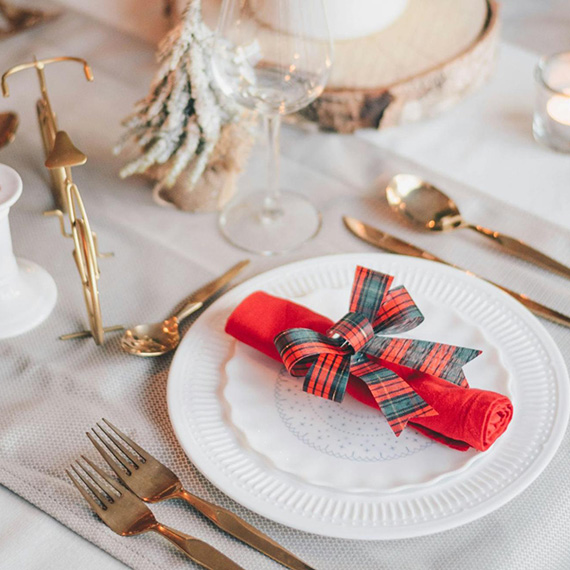
Warm, fragrant, and deeply comforting, Chef Beth’s Southern Sausage & Sage Stuffing is a holiday classic that brings together rich pork sausage, fresh herbs, and toasted bread for the ultimate savory side dish. Studded with green apples and aromatic vegeta...
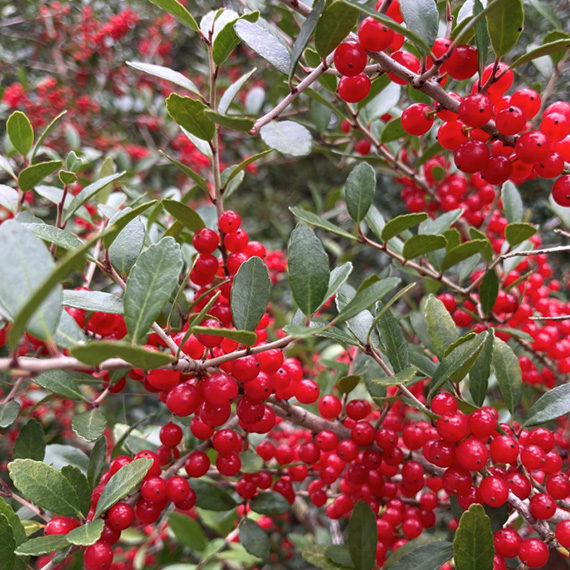
As December settles over Palmetto Bluff, it brings softer light, cooler mornings, and the natural beauty of native evergreens and winter berries that define the Lowcountry landscape. Palmetto Bluff Conservancy’s Education and Outreach Manager, Aaron Palmieri, ...

In 2025, Palmetto Bluff welcomed new neighbors and old friends, groundbreakings, and long-awaited openings. From inspired Club gatherings and elevated programming to the creation of our latest golf course, the year was defined by connection and excitement for ...
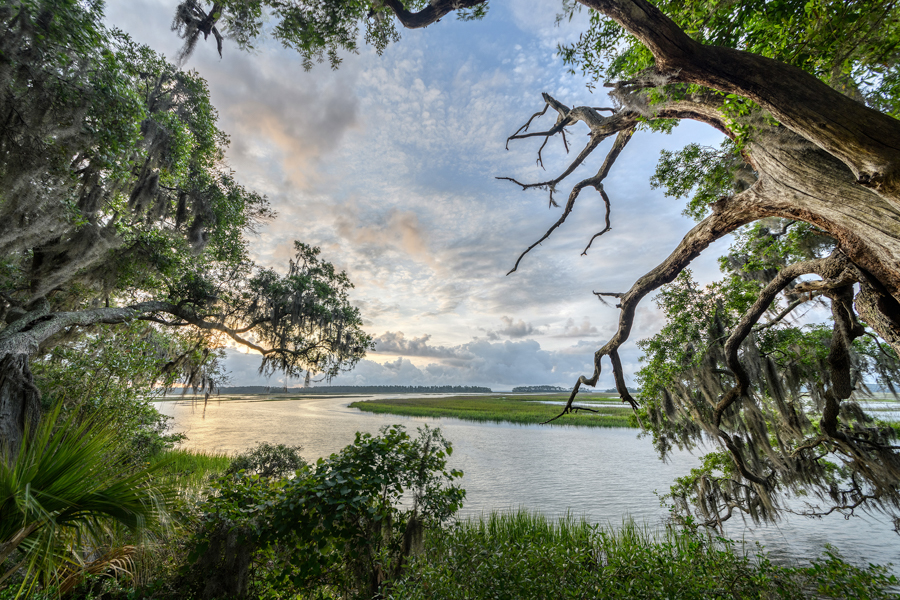
There is something serene about waking up to shimmering water, the stillness of the woods, or the sweep of marsh and sky right outside your window. Even without stepping outside, science shows that simply seeing nature from home can meaningfully improve mental...
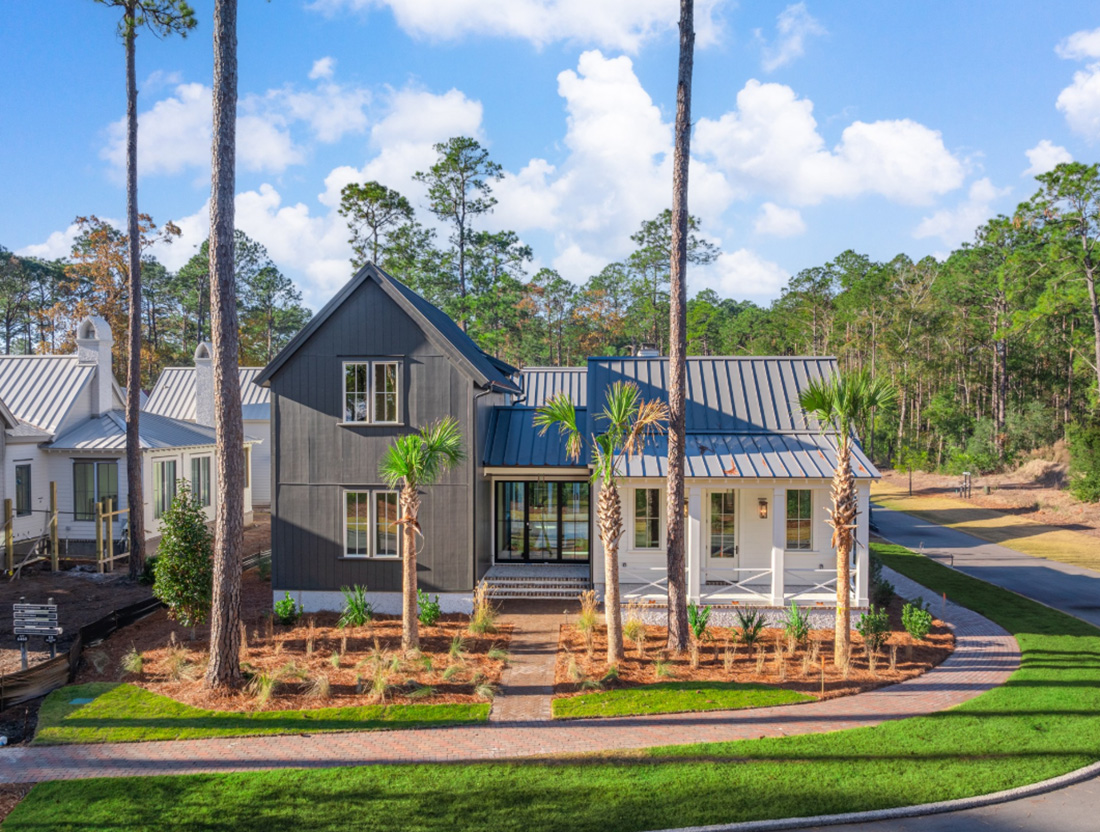
The Ultimate Choice: Building vs Buying a Home in Palmetto Bluff For those searching for Palmetto Bluff homes for sale, this common question often arises: Should you choose an existing residence, or embrace the opportunity to build your own? While a complet...
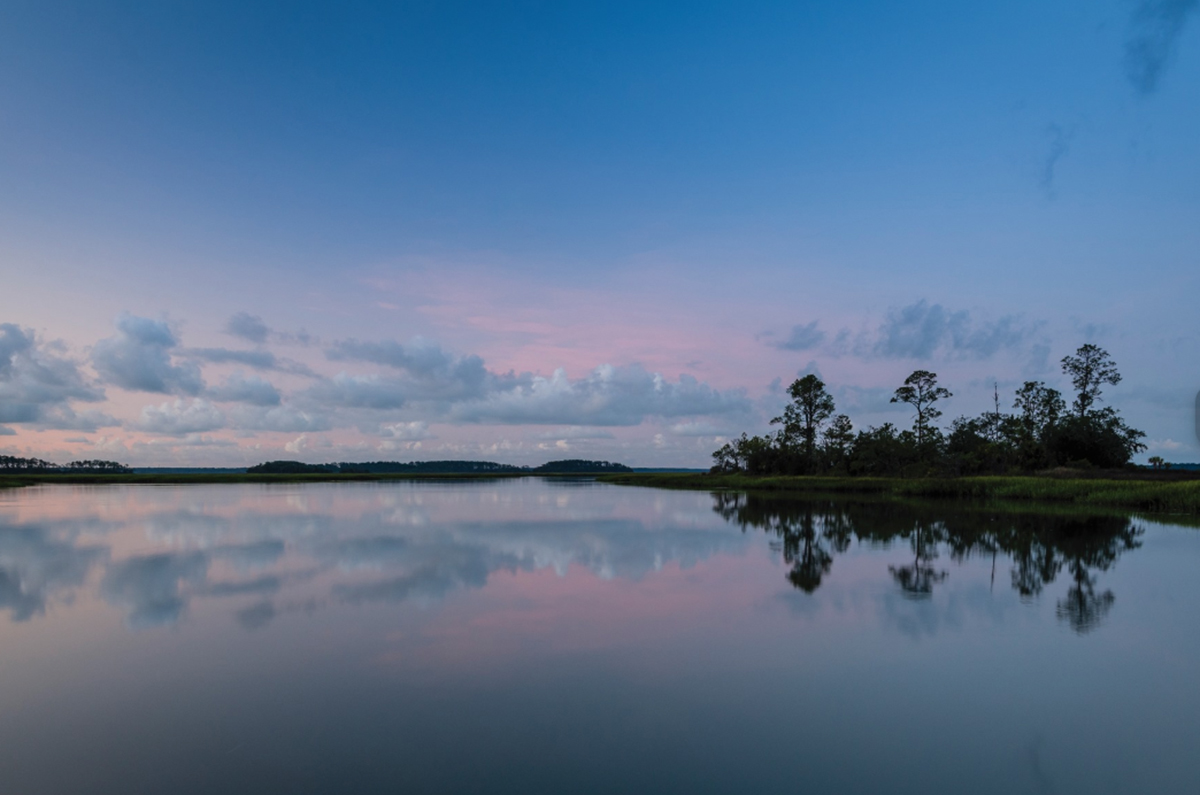
A Complete Guide to South Carolina Winter at Palmetto Bluff South Carolina's winter is unlike any other on the East Coast. While many travelers search for “South Carolina winter” expecting cooler temperatures and limited outdoor options, the Lowcountry revea...

River Road: Where Lowcountry Beauty Meets Elevated Everyday Living Tucked gracefully between Wilson Village and Moreland Village, River Road is one of Palmetto Bluff’s most immersive communities. It's where the pace of life seems to soften, classic Southern ...
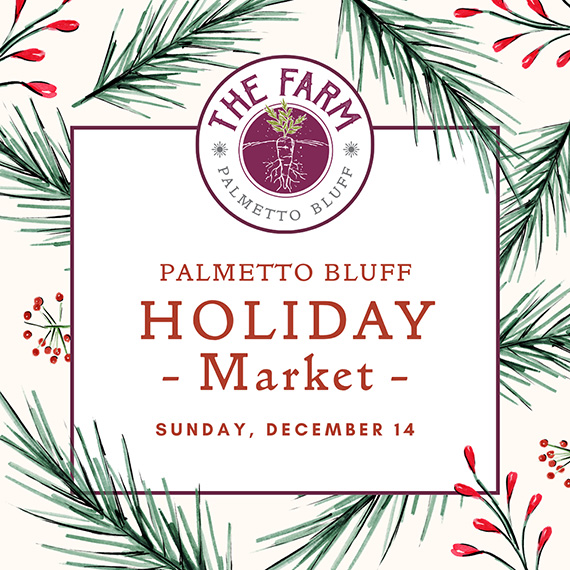
Sunday, December 14 | 9am to 1pmVillage GreenThe season’s most festive farmers market, the Holiday Farmers Market, comes to Wilson Village on Sunday, December 14, from 9am to 1pm. All are welcome to visit and experience the magic of holidays at the Bluff. The ...
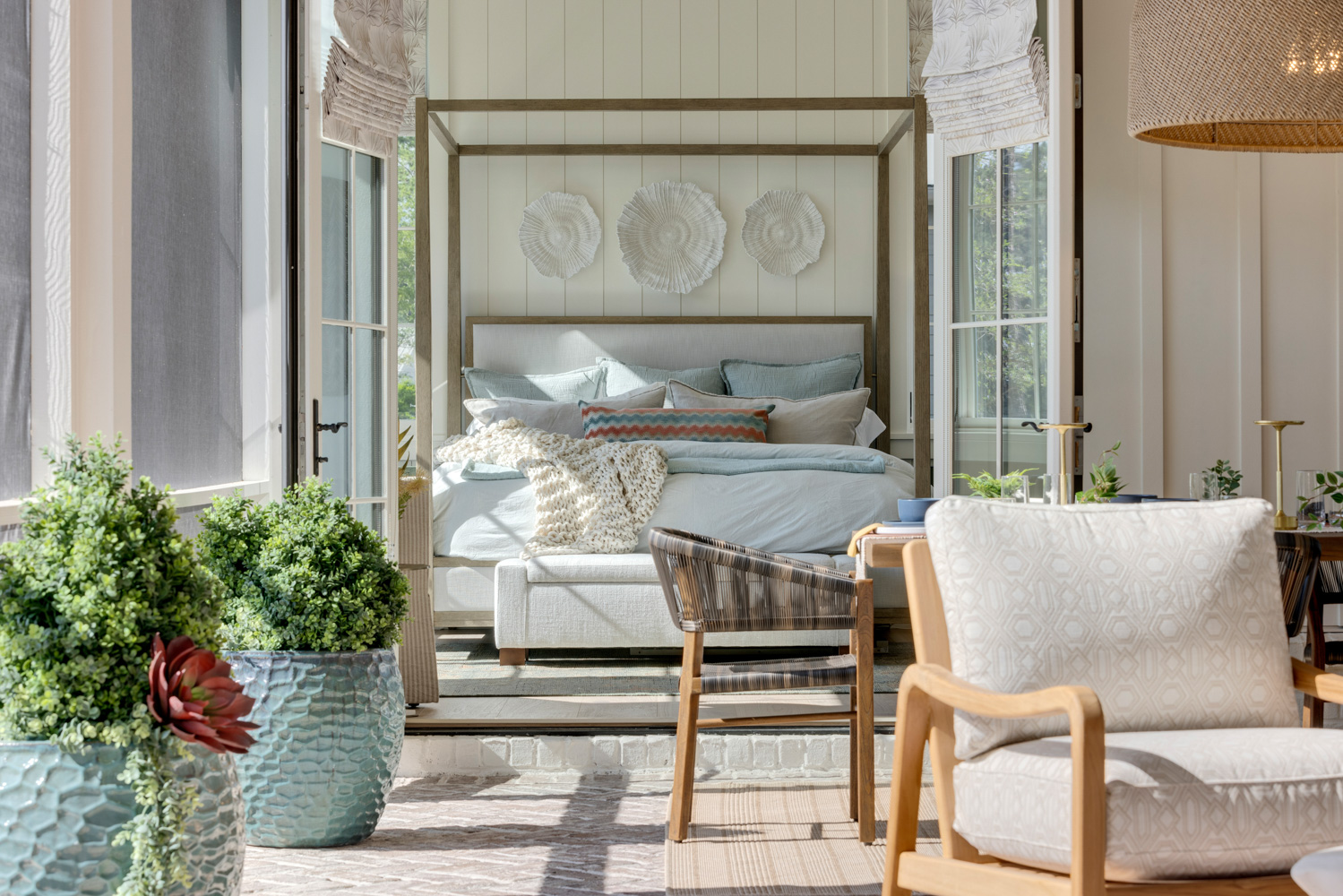
Tucked amid whispering pines and overlooking a tranquil water trail, 11 Lyonia Street is where Lowcountry charm meets modern artistry. The newly built residence redefines Southern living with a balance of craftsmanship and calm. This is a home that feels both ...
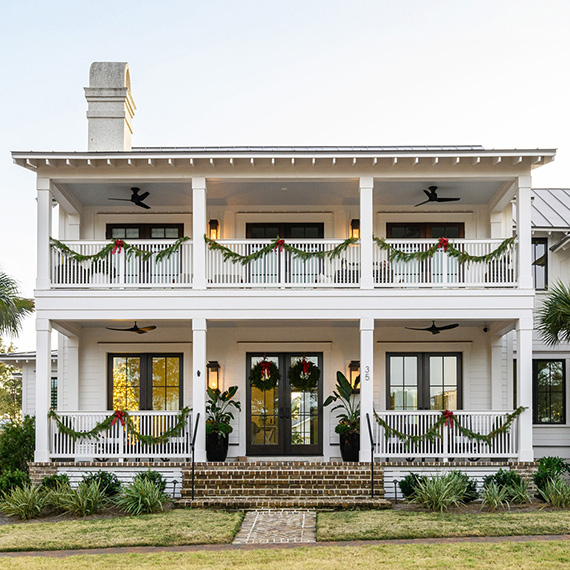
The holiday season in the Lowcountry brings crisp air, oaks draped in twinkling lights, and laughter drifting from homes where families and friends gather once again. At Palmetto Bluff, the holidays are more than just a season; they’re a feeling of togethernes...
We do not attempt to independently verify the currency, completeness, accuracy or authenticity of the data contained herein. All area measurements and calculations are approximate and should be independently verified. Data may be subject to transcription and transmission errors. Accordingly, the data is provided on an “as is” “as available” basis only and may not reflect all real estate activity in the market”. © [2023] REsides, Inc. All rights reserved. Certain information contained herein is derived from information, which is the licensed property of, and copyrighted by, REsides, Inc.